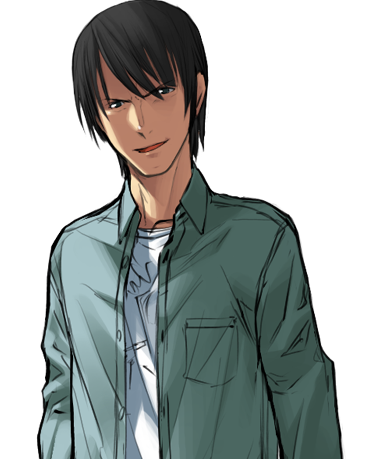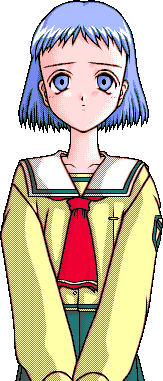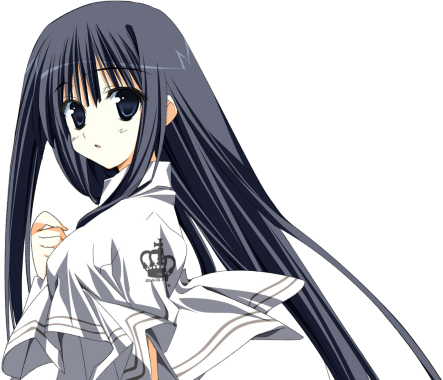Denpa-kei (電波系) describes a type of a person, but can also be used to refer to a specific genre of Otaku media.
It means literally 'electromagnetic waves' in Japanese, but took on a new meaning after the Fukagawa killings in 1981.
The killer claimed that the waves were brainwashing him and made him do it, and since then the word took on
a second meaning. Denpa-kei refers to a deranged person, paticularly one that 'blurs the lines between fiction
and reality'. Some other synonyms would include people who daydream often, quirky or odd people, or someone
being controlled by radio waves / electronics.
Obviously the word gained a negative conotation, and the idea of denpa music was accociated with those
with weird intrests who seem disconnected from the world (otaku). There was lots of cutsey otaku and idol
songs with 'nonsensical lyrics' that inspired the creation of Denpa Song that formed the cultral consensus
for who a truily disconnected and dangerous person was.


Arguably begining with Shizuku, the meaning of this word merged with Otaku subculture & came to become a genre
of media. Many of these themes include socially disconected characters, paranoia & psycosis, going mad,
mentions of telephone poles or radio waves. But this time these issues were looked at in a form of empathy.
During the shift from adventure games to visual novels, many were bishoujo games and denpa became part of
the medium due to Shizuku. Tsukishima Ruriko was one of the 3 heroines, and her character arc rife with
denpa themes was also a romance arc. She was ment to be sympathetic, and with her lack of agency, seen as
someone "moe" who needs protecting.
With more visual novels comming out, and more music needed for them, the genre of hyper cutsey idol songs mentioned
previously exploded in popularity. Some new artists experementing with making this sound tied it back to
the meanings of madness to create fast-paced cutsey idol music with strange or disturbing lyrics, especially
to being controlled by electronics and/or the heroine of the visual novel.



From here, this genre splits into 2 main subtypes:
1.
True-Denpa: Themes inspired by the first half's themes most; insane and disturbing. The radio waves are an
ominous force.
2.
Moe-Denpa: "Insanely moe", earworm, larger-than-life media. Here, the radio waves are welcomed; though
still harmful. Aka the 'brainwashing' is charecterized by the user's hyper desire for the moe.
Both of these terms overlap in many areas, but the easiest way to think of it is as a spectrum.

If we wanted, we could put lots of diffrent types of denpa media on this scale!






